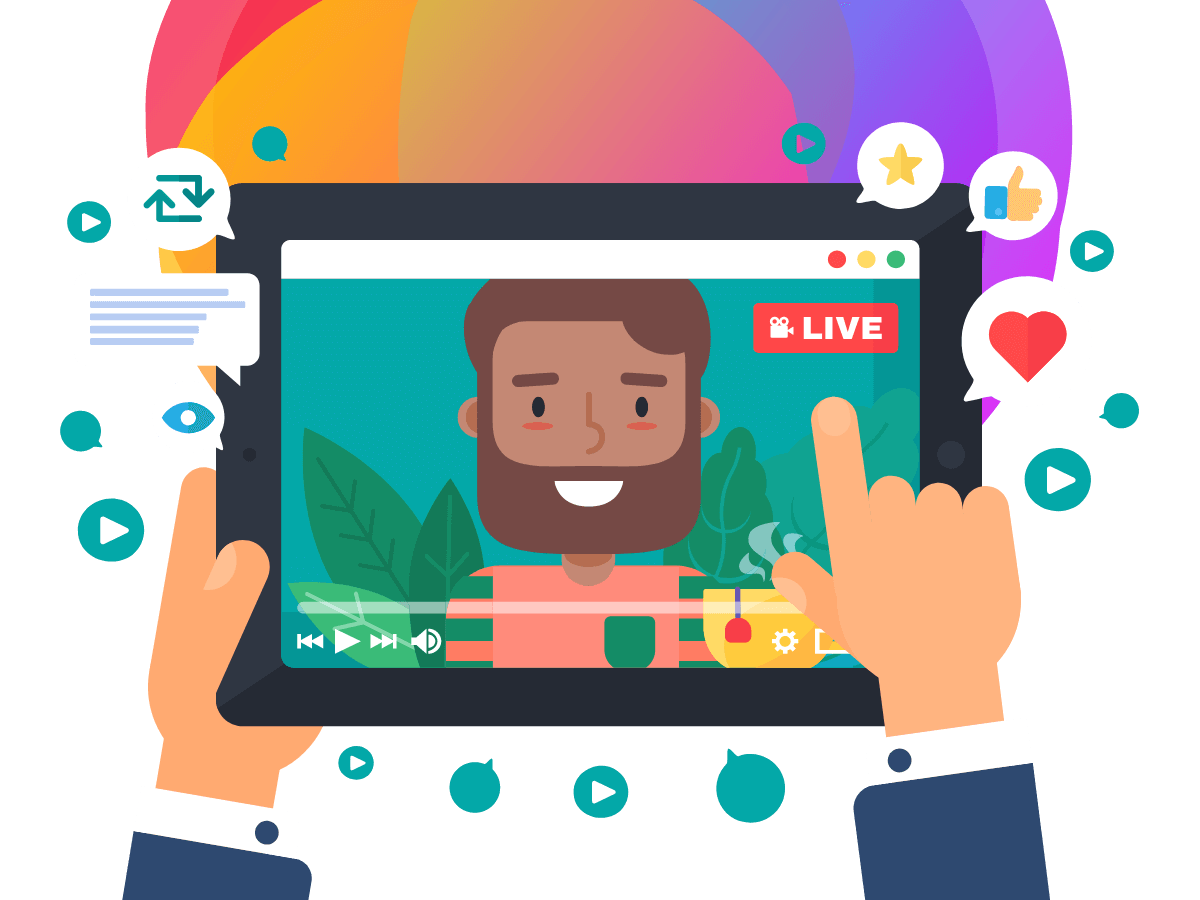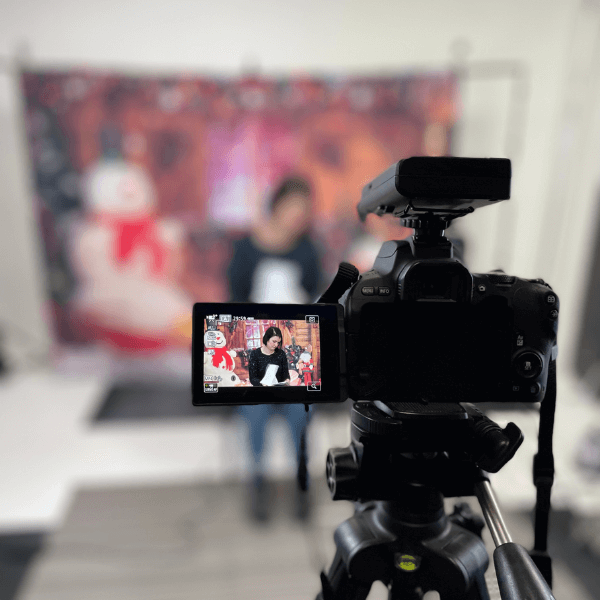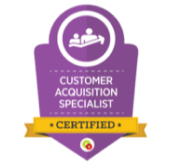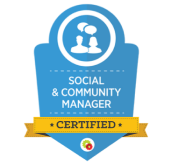How would you like to get your product in front of 10,000+ teachers and students all at once?
Live streaming, the act of broadcasting live video in real-time over the internet, is a great marketing activity for edtech businesses.
It allows teachers and pupils to watch an event or join in with an activity as it’s happening, without the need to be physically present.
A mega-popular example many teachers, parents, and kids will recognise is Joe Wicks’ live exercise classes during lockdown.
And when it comes to schools there are some very compelling reasons to give it a go.
4 reasons a live-streamed event could be the marketing boost you need
Wider reach
Live streaming lets you reach a wider, more diverse audience than real-world events. A physical venue has limited space, teachers need to take time off, and travel to get there… and you’re not even guaranteed face-time with warm leads at your booth. Live, online events have no restrictions and are convenient to join.
Increased engagement
Live streaming generates higher engagement compared to pre-recorded videos or static content. It offers a sense of immediacy and interactivity that encourages viewers to comment, ask questions, and participate in real time.
Authenticity
Live streaming allows businesses to showcase their personality, expertise, and authenticity in a more human and relatable way. It offers a platform for behind-the-scenes access, product demos, and thought leadership content.
You’re creating memories
This is not something you can really prove through marketing statistics but a live stream is an experience that kids and teachers will remember. And, importantly, talk about.
What type of events would educators want to tune in to watch live?
Education is a SUPERB space in which to live-stream.
- The live stream format lends itself to knowledge-sharing.
- Teachers are often seeking fresh, new experiences for their students.
- Staff and kids are enthusiastic to get involved and participate.
No matter what you sell to schools you can find an angle to get schools to join in.
Examples of live-streamed events by edtech companies (all marketed and run by Bee Digital):

(6,500 watched Pickatale’s read-along)

(36,000 children danced virtually with Darcey Bussell for the DDMIX dance show.)

(More than 6,000 children tuned in to watch Empiribox during Science Week
What can go wrong with a live-stream event?
While live streaming an event can be a powerful marketing tool, there are also potential downsides and risks to consider.
Technical difficulties
Live streaming requires a strong internet connection and reliable equipment, such as cameras and microphones. Technical issues can arise during the live stream, such as buffering or poor audio quality. Get to the venue early for set up, and check everything works. Then check again!
Negative feedback or comments
Live streaming opens up the possibility of receiving negative feedback or comments in real time, which can be challenging to manage. Negative comments can come from anyone, including competitors, trolls, or unhappy customers. Have someone on hand to moderate.
Legal considerations
There’s a good chance you’ll be doing your live stream in a controlled environment but if you’re “out and about” there may be legal considerations to keep in mind, such as copyright infringement, privacy violations, or other legal issues.
What platforms should you consider for your live event?
We normally use Facebook Live, but there are many platforms you can use that have the bandwidth and audience reach to make your event go smoothly.
Facebook Live
Facebook’s live streaming feature allows users to broadcast live videos to friends, followers, and the public. It’s a popular option for edtech companies because many teachers use Facebook.
YouTube Live
If you already have a large following on Youtube this could be a great choice. Plus YouTube Live allows for customisation of live stream layout, adding graphics, text overlays, and other branding elements to your live stream.
Instagram Live
Instagram’s live is a solid choice, but probably better for short streams or straight-to-camera work, to build buzz around a product launch or significant event (it only lets you broadcast for an hour max).
Twitch
Twitch is a popular platform for live-streaming video games, esports, and other gaming-related content. Could be a great option for edutainment or edu-gaming apps. Not great for reaching teachers though.
Zoom
While not typically thought of as a live streaming platform, Zoom is a popular choice for brands looking to host webinars and other live events online. Note it doesn’t have social media reach, facilities, and metrics like those other platforms though. Plus inviting people to a Zoom sounds more like work than pleasure
The final thing to consider
Actually, this is probably the FIRST thing to consider when hosting a live event.
You have to get people to come.
Throwing a party no one knows about isn’t much fun. So be prepared to do lots of upfront promotion.
For example, with our DDMIX live dance class we:
- Created a landing page to enable schools to register and later get access to the live stream
- Ran a series of adverts that ran across Facebook, Instagram, and Twitter
- Built an email nurture series to keep people excited about the event, in the run-up to going live at the Royal Academy of Dance.
- Sent out a follow-up email series that gained 100s of product sign-ups.
But get it right and you can get your brand in front of thousands of excited teachers and students, giving them an experience that will stick in their minds.















